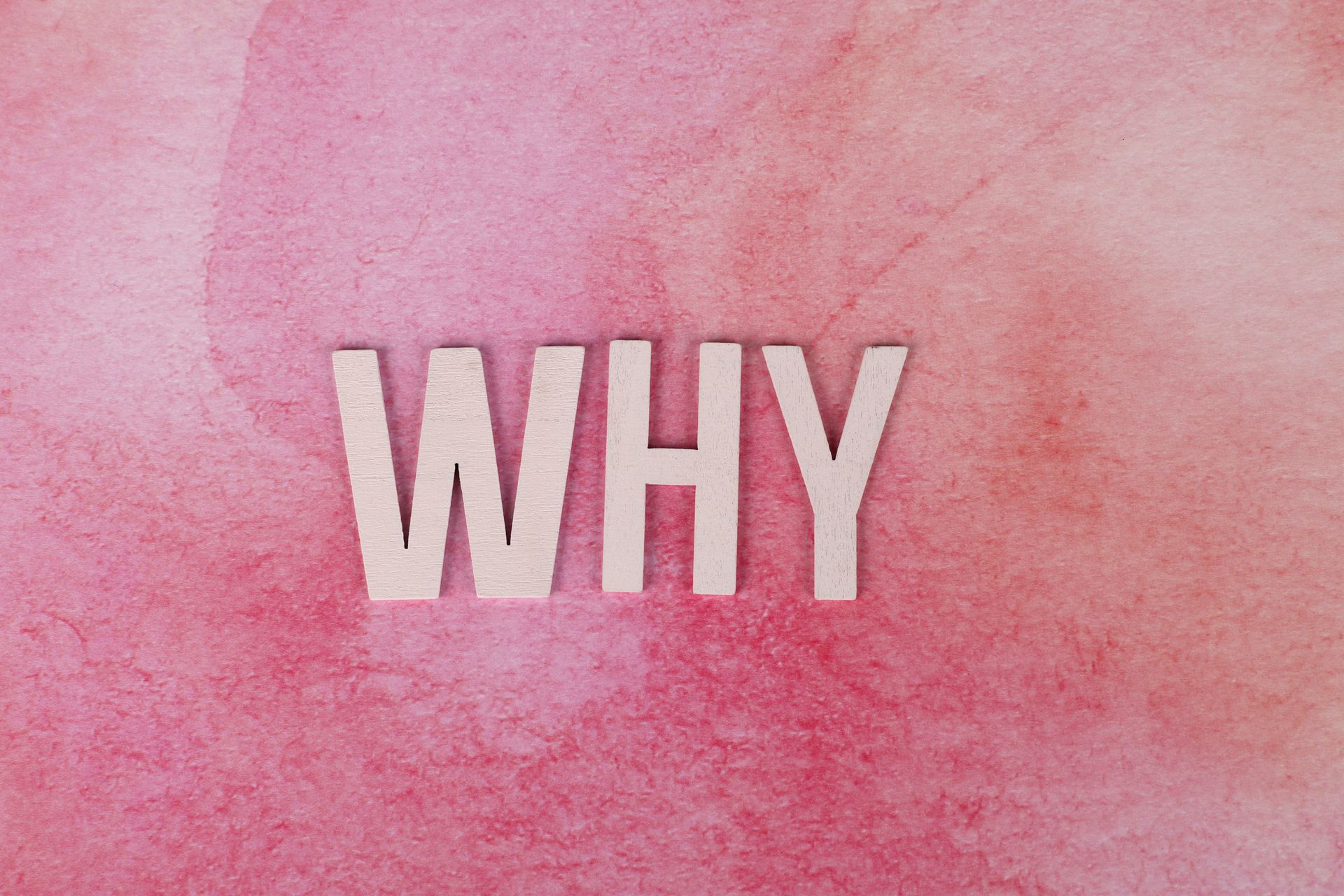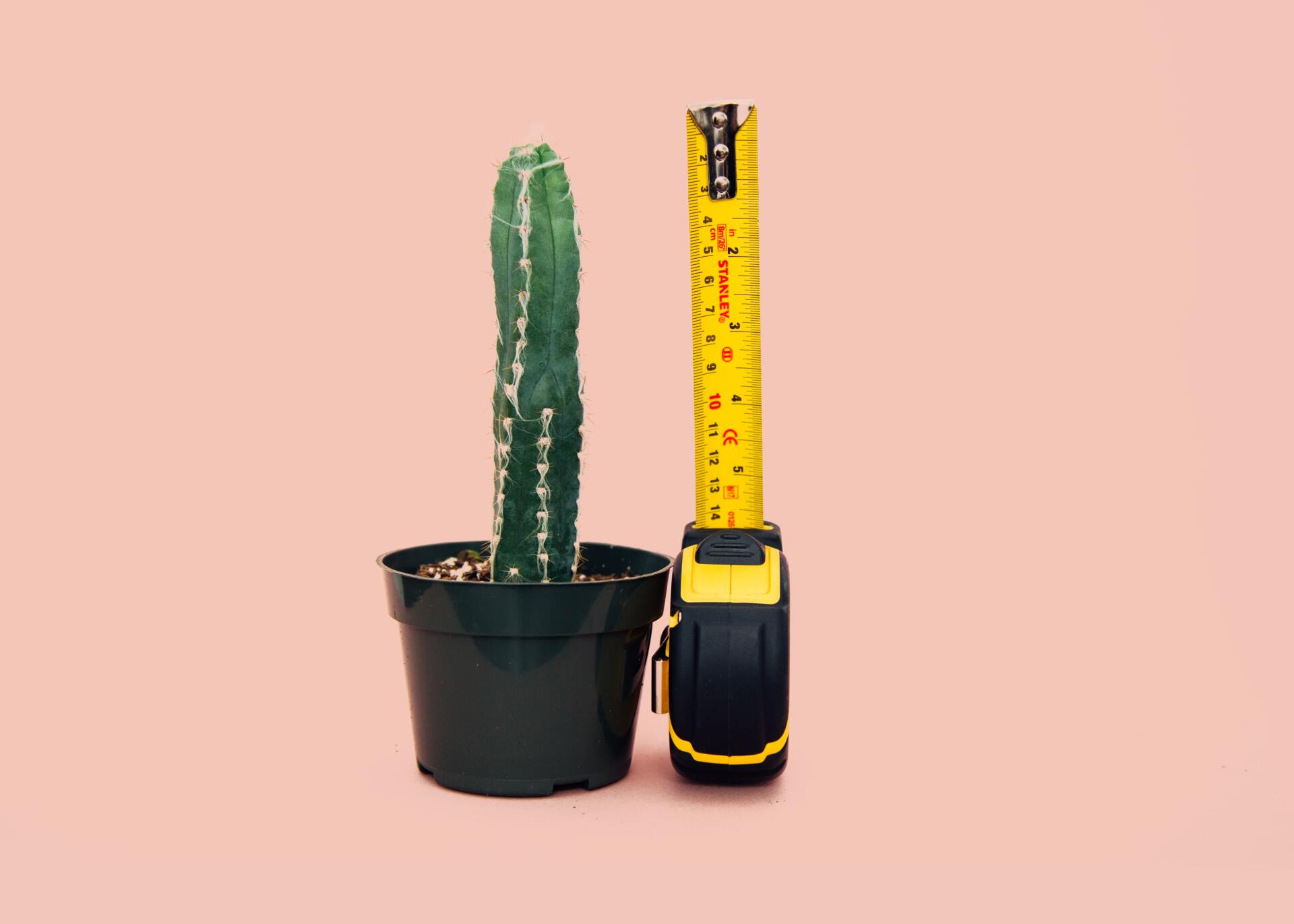To be different or be distinctive? That is the question!
Should our brand be differentiated or distinctive? It’s a question we often get asked. And if we don’t, we ask it. Are you different from your competitors or are you distinctive? They’re not the same thing. We explore the differences between the idea of a USP or unique selling proposition, differentiation and distinctiveness.
Where you focus as a brand will depend entirely on the market you’re in, who you’re targeting and where you are in your journey.
The Unique Selling Proposition
Many businesses start because they have an idea for a way of doing things that’s different. Unique selling propositions (or USPs) disrupt markets in favour of the new entrant (think Airbnb), attract funding (think Uber) and can pave the way to being first in an emerging market (think Tesla).
The idea of the USP goes back to the 1940s when Rosser Reeves of the ad agency Ted Bates & Company first coined the phrase.
What many businesses, especially small and scaling businesses, often forget is that it’s not the uniqueness that matters it’s the selling proposition part. Uniqueness isn’t necessarily a desirable end in and of itself. It needs to be real, not just an unsubstantiated claim or clever word play; it needs to be something that consumers are prepared to pay for (i.e., that it meets a need); and it needs to be a proposition that’s desirable to enough people to make it scalable.
If you know (through market research) that you have a true USP then it would serve your brand well to consider how you will capitalise on it in the short-term, but also what your long-term strategy will be when your USP is copied (as it inevitably will be if it’s successful).
Differentiation or Differentiated Associations
So, now you have a product or service with a USP. What next? The undeniable truth for most brands and businesses is that USPs for the most part can be copied by competitors. Even patented USPs can be superseded or circumvented. You may build your early success on a USP but it’s unlikely to be sustainable in the long-term.
The early pioneers of differentiation, those like Theodore Levitt of the Harvard Business School who said that “differentiation is one of the most important strategic and tactical activities in which companies must constantly engage” have given way to a more nuanced idea of differentiation.
Differentiated associations, in other words relentlessly focusing on owning a differentiated space so that, even though competitors may copy it, your brand still comes to mind first, is the space beyond a non-defendable USP that businesses often look to.
Volvo is the perfect example. For decades, Volvo cars were empirically the safest on the roads. Once a USP, now it’s a differentiated association that they have relentlessly pursued – it lives in their brand DNA. In fact, so important is safety to them as a business that they have given access to their safety inventions to improve car manufacturing in general.
Volvo can’t necessarily objectively demonstrate that they are the safest, but they are certainly still most likely to be associated with that attribute and it’s a mission that drives the way they develop their cars.
Brands that are successful at establishing differentiated associations convince consumers that their offer is significantly different from that of their competitors. Volvo’s example is closer to a USP because they invest in the continuing advancement of safety over and above their competitors. But safety in cars is not a unique idea in and of itself.
For other brands, their differentiated association may be less objective and more subjective. Coca-Cola, for example, is always there when you’re thirsty. It’s not that they are objectively any more thirst-quenching than other liquids, just that they relentlessly focus on ’owning’ that space.
A differentiated association, the idea of a brand being ‘more’ of something than its competitors, is more sustainable than a USP which is here today, gone tomorrow.

Brand Distinctiveness
Brand differentiation ruled for decades but then came the work from the Ehrenberg-Bass Institute, dispelling many of the theories that had built-up around the idea of ‘differentiate or die’. They demonstrated that in most categories, the idea of differentiation does exist between brands but only in a very weak form. Byron Sharp acknowledges in his book How Brands Grow that differentiation must exist in order for us to tell one brand from another but that consumers don’t perceive brands in any given category to be that different from one another.
Thus distinctiveness. Distinctiveness is when a brand persistently and consistently looks like itself. It invests in recognisable brand codes that consumers simply can’t miss. Those brand codes trace memory tracks in our brain (that’s not quite how it works, but you know what we mean) so that those with the widest, deepest tracks are the ones most likely to come to mind in a buying situation.
Distinctive brand assets can be everything from a logo and colour to a sound or aroma. Many are underrated but when well developed and used consistently can be every bit as strong as the logo itself. Think the ‘we buy any car dot com’ jingle or the McDonald’s whistle, the shape of a Coca-Cola bottle or the Compare The Market characters and their accents.
The desire, especially for scaling brands, to ‘rebrand’, change their logos, pick a new core colour and so on, can be strong. Those investing well in their distinctive assets should take a long-term view around any planned changes – evolution not revolution. Investing in distinctiveness, making sure your consumers know and recognise you, has a greater correlation with sustained brand growth than differentiation.
Differentiation And Distinctiveness
Ultimately though, we’re not great fans of the ‘either/or’ approach. We believe that even small brands can stand for something and build distinctiveness. When we start working with a new client, we often look to the origins of the brand, to any existing research, to how the brand is currently perceived in the market to find a more ‘ownable’ articulation of meaningful differentiation.
Being more of something than your competitors is a viable strategy, even for small brands. For JuiceBurst it was around healthy refreshment, for Walton & Co it’s about creating the feel of your home, for Quintessential, differentiation comes through the founder’s take on flavour blending and for Muto it’s about the idea that everyone has a different take on what fitness means to them.
To find a successful positioning for your brand you must be choiceful but not exclusionary. Focus on associating the brand with one or two key attributes (differentiated association) – the things you want your brand to be ‘more of’ than its competitors. Find distinctive ways of telling people about your brand – a distinctive look, tone of voice, strapline or story and use them as the lens for your marketing executions.
To find what makes you different or distinctive, contact us today.










